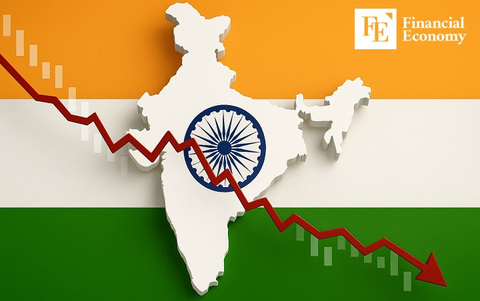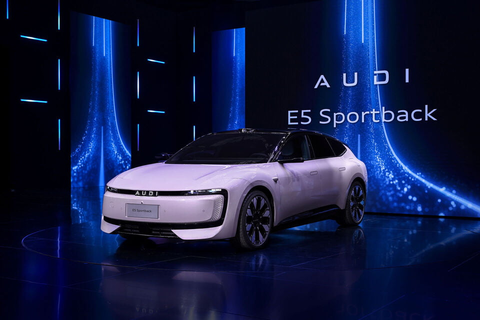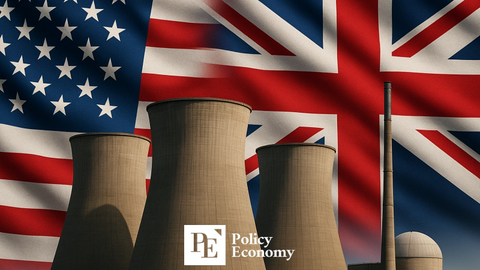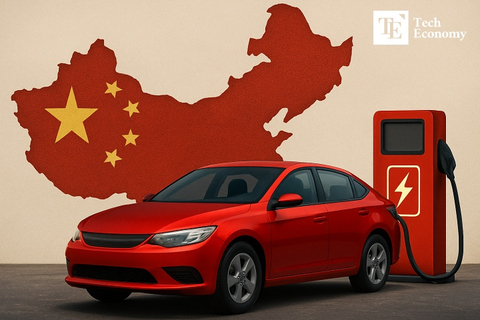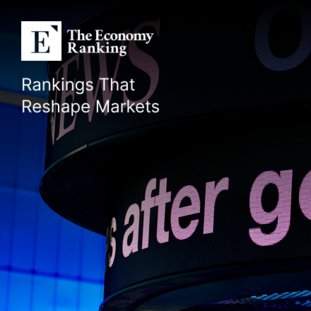China Holds 90% Share of ESS Market — Could the U.S.-China Tariff War Create an Opportunity for South Korea?
Input
Modified
Tariffs on Chinese batteries soar from 11% to 155.9%, hitting 173% next year. U.S. security fears fuel a shift, tilting the market in South Korea’s favor. The global ESS market is set to double within five years.
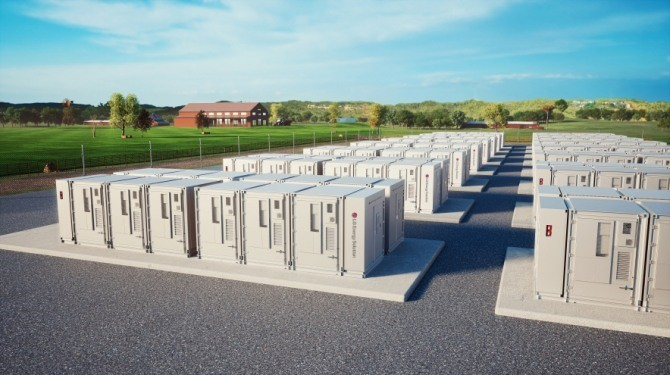
As global renewable energy adoption and data center demand surge, the market for energy storage systems (ESS) is expanding rapidly, with expectations that South Korean firms may seize new opportunities. Analysts suggest the ongoing tariff war is shifting the balance of competition between Chinese and Korean ESS companies in Korea’s favor.
U.S. Tariff Hike on Chinese Batteries Reaches 173%, Opening Doors for Korea
On the 28th, the Financial Times reported that rising tariffs on Chinese-made batteries—currently dominating the global ESS market—are creating an opening for Korean companies in U.S. and European markets. Korean firms once led with high-nickel battery tech but lost ground to China’s cheaper and now more efficient LFP batteries. China’s CATL currently controls a dominant share of both the ESS and EV battery markets, capturing 90% of industry profits.
Chinese batteries make up around 90% of the global ESS market and hold 80% and 75% shares in the U.S. and Europe respectively. Bernstein Research’s Neil Beveridge noted that Chinese and Korean ESS firms are on "two divergent paths," emphasizing CATL’s unmatched scale and efficiency.
However, with Donald Trump beginning a second term, the landscape has shifted. U.S. tariffs on Chinese batteries have risen to 155.9% and are expected to reach 173.4% next year. Growing national security concerns have led to bans on Chinese batteries at military facilities and may soon extend to civilian power grid projects.
LG Energy Solution and Samsung SDI Expand ESS Orders
This shift has created momentum for Korean firms. LG Energy Solution secured two major ESS contracts late last year and two more already in 2025, including deals with Taiwan’s Delta Electronics and Poland’s state-owned utility PGE. Samsung SDI recently signed a $280 million ESS supply deal with U.S. firm NextEra Energy, part of a larger $700 million agreement. SK On also plans to enter the U.S. ESS market this year, according to its CEO.
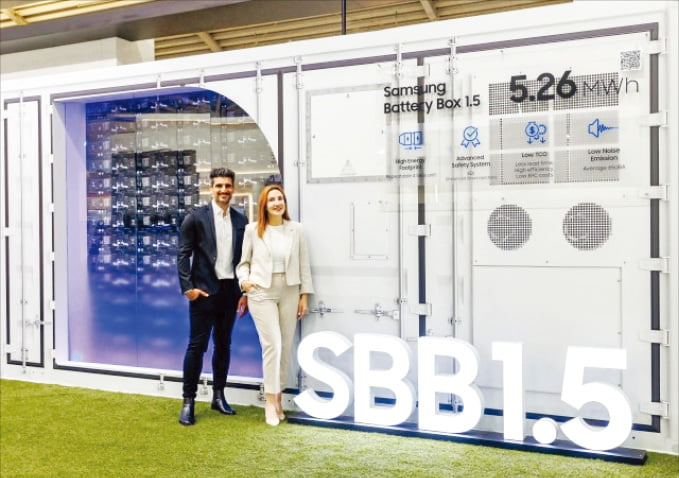
China Still Competitive, but Korea Gains Ground
While earlier large-scale renewable projects were slow to start, orders are now ramping up, especially with the rapid growth of AI data centers, which require a reliable energy supply. ESS plays a key role in stabilizing power for these operations. Big tech firms like Google and Amazon are integrating ESS and solar into their infrastructure.
The North American market is particularly promising. According to Global Market Insights, the U.S. ESS market is projected to grow from $106.7 billion in 2024 to $263.5 billion by 2032. Globally, ESS has grown from 5% of the battery market in 2020 to 20% today, with total storage capacity rising 52% between 2023 and 2024. By 2030, storage capacity is expected to more than double—from 340 GWh to 760 GWh—equivalent to powering 7.6 million EVs.
However, experts caution that China’s low battery costs—about $80 per kWh compared to $130–140 in other countries—mean it could retain market share despite 150%+ tariffs. UBS analyst Tim Bush noted that while Korean firms like LG and Samsung SDI could gain ground, they’ve yet to prove competitiveness in mass-scale LFP battery production and pricing.



